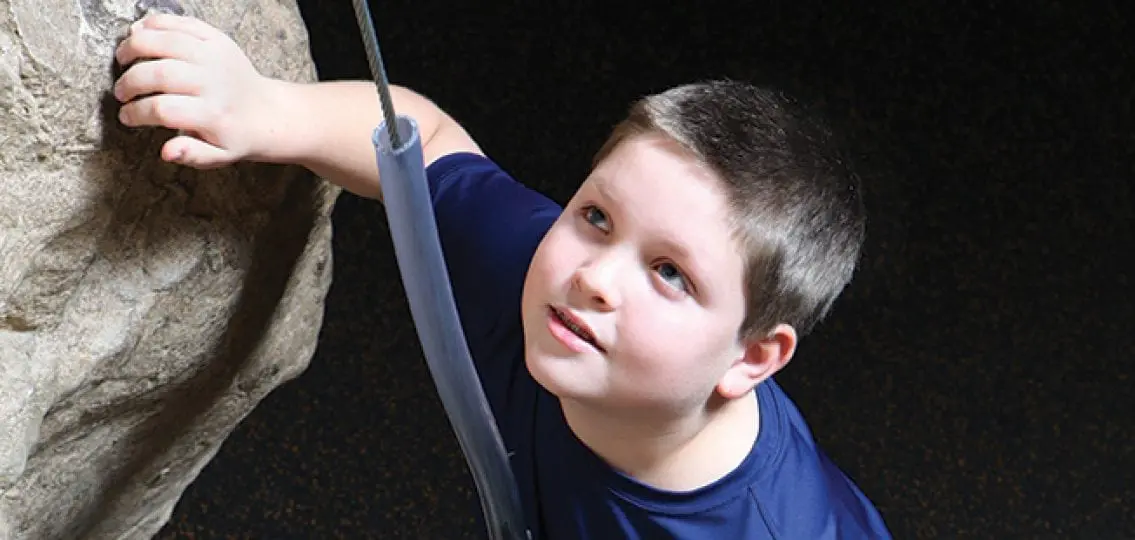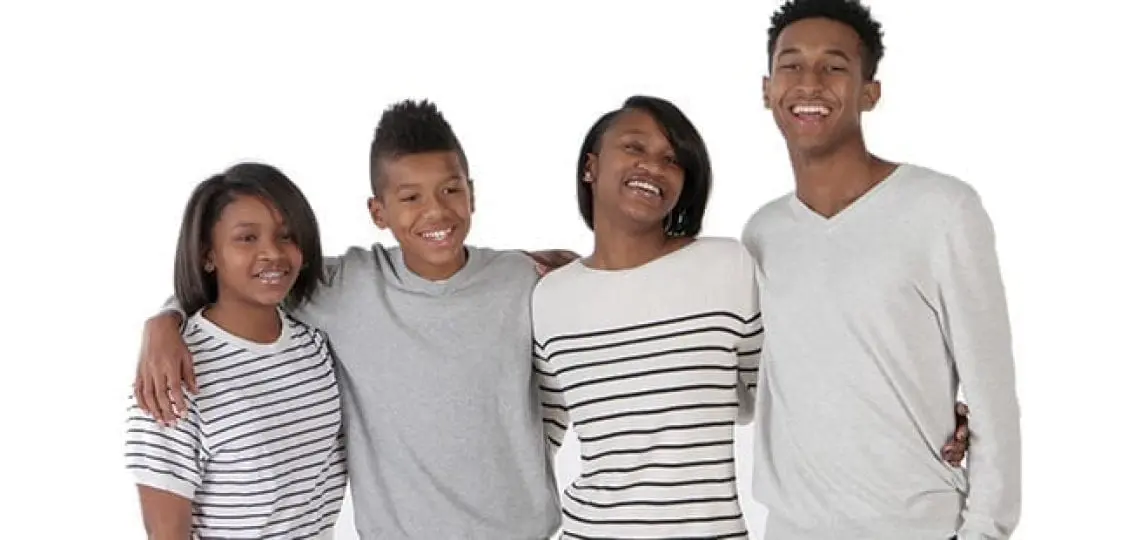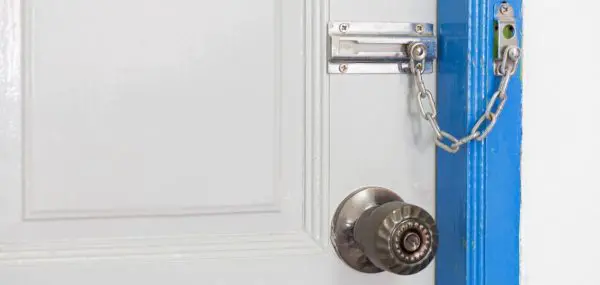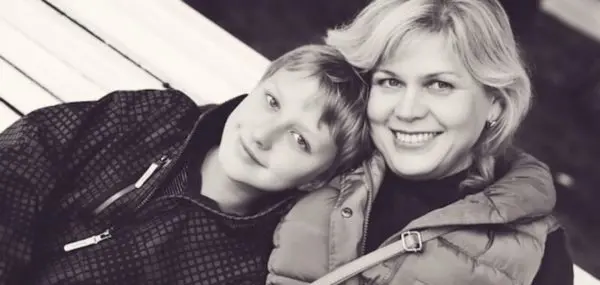Middle school is challenging for so many reasons. Academics become more difficult. Schedules fill up with activities. And, in what might be the most treacherous terrain for kids and parents alike, friendships in middle school change. Jessica Lahey, author of The Gift of Failure and The Addiction Inoculation, offers her take on middle school friendships.

The peers your tweens cling to as they enter the middle school may look a lot different from the ones they race out with on the other side. And that’s to be expected. Friendships change over time, not just because our children evolve, but because the very nature of friendship evolves with them.
Early in childhood, our children’s friendships arise out of proximity and habit. We toss our kids into the sandbox with our friends’ kids. And this arrangement works for everyone.
How Friendships Change in Middle School
As kids get older, however, they begin to build emotional connections with friends based on compatibility, and their shared interests, dreams, and goals begin to edge out mere convenience.
When they become tweens, middle school friendships become much more complex. And for good reason. Tweens use friendships as a way to try on an identity. Old friends offer sameness and comfort. But the pull of novel ideas of other kids begins to lure them in new directions. Tweens begin to build teenage friendships based on these new priorities. Some priorities, such as social status or fashion choices, may not make much sense to parents. But they are just as important to our children’s growth as shared history or values. Do middle school friendships last?
All too often, the shifting sands of tween friendship result in broken hearts.
With middle school friendship problems, tweens feel dumped, shunned, abandoned, and betrayed. And friends move back and forth between comfortable old relationships and exciting new alliances.
| [adrotate banner=”150″] |
Secondhand Heartache for Parents
As any parent knows, our own personal heartache hurts. But the secondhand heartbreak we experience through our children is much more painful, mainly because it’s out of our control. The urge to intervene, to save and heal, is powerful. While meddling around in tween social machinations may make us feel better, we must stay out of it.
Our children’s teenage friendships are not about us any more than their choice of what to wear to the middle school dance is about us. The tween years are for trying on fifteen different outfits—the blue shirt with the tan pants, the red skirt with the white top—to see what works best for a changing body, mind, and spirit on a given day.
Tweens move from relationship to relationship, adopting this detail of a friend’s personality, discarding that characteristic of another, until they have collected the essential elements of their identity.

Some relationships will survive this process, and some will not, but every one is an important phase of the journey. We may not love every outfit our tweens try on, but it’s our job to be there when they emerge from the dressing room, when they do a little twirl and wait for us to tell them how grown up they have become.




